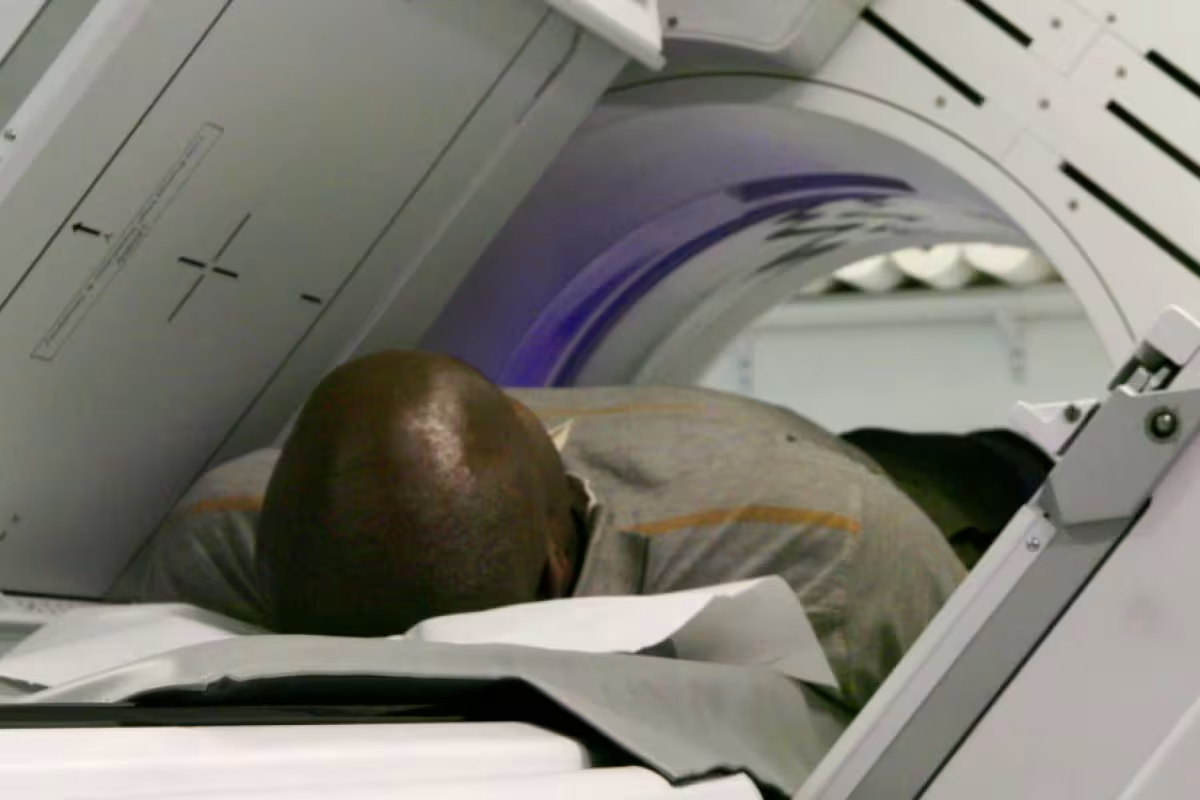
SHERIDAN, WYOMING – November 06, 2024 – GE HealthCare, a pioneer in digital nuclear medicine and a frontrunner in artificial intelligence (AI), has once again raised the bar for innovation with the introduction of Aurora, a groundbreaking SPECT/CT system. Aurora is designed to empower clinicians with enhanced capabilities, potentially expanding the range of procedures available to patients.
This cutting-edge technology, combined with GE HealthCare's comprehensive portfolio of Molecular Imaging solutions and recent collaborations, aims to broaden global access to precision care.
At the European Association of Nuclear Medicine (EANM) 2024 Congress, GE HealthCare proudly unveiled Aurora, a new dual-head SPECT/CT equipped with AI-driven technologies. This advanced system is engineered to assist clinicians in seeing and accomplishing more, potentially increasing the breadth of procedures available for cardiac patients and providing support for conditions such as cancer and neurological disorders. Early detection and precise localization of abnormalities are crucial for effective intervention in these conditions.
"GE HealthCare is proud to be a leader in the integration of machine learning and AI advancements for more than a decade," stated Jean-Luc Procaccini, President & CEO of Molecular Imaging and Computed Tomography at GE HealthCare. "We've witnessed firsthand how these technologies can address some of the industry's toughest challenges, such as data overload, physician burnout, and the need for real-time operational efficiency. With this experience top of mind, we designed Aurora to harness AI for exceptional image quality as well as enhanced workflow efficiency. It would be difficult to find a dual head hybrid system with more AI-powered solutions than Aurora – and we have full confidence clinicians will appreciate the difference.”
As healthcare continues its shift toward precision medicine and personalized care, clinicians require increasingly sophisticated SPECT/CT solutions. These nuclear medicine systems merge functional imaging from single-photon emission computed tomography (SPECT) with anatomical details from computed tomography (CT), providing clinicians with a holistic perspective of both the physiological and structural aspects of diseases.
Aurora is meticulously engineered to optimize both SPECT and CT technologies for capturing gamma rays emitted by radioactive tracers. These findings are then converted into data that contribute to the creation of images, illustrating the distribution of the tracer and facilitating diagnoses across various care areas.
Furthermore, Aurora incorporates GE HealthCare's Revolution Ascend CT technology, offering supplementary design solutions to enable advanced capabilities that transcend routine imaging. This includes 40mm CT detector coverage – double that of other hybrid systems – with a 75 cm-wide CT bore to enhance patient comfort while facilitating high-speed scanning (0.35-second rotation speed) and offering up to 128 slices for advanced procedures like coronary CT angiography.
To assist customers in efficiently processing the extensive amounts of data generated, GE HealthCare designed Aurora to fully leverage the potential of digital technology and AI. This presents new opportunities to aid clinicians in overcoming operational and diagnostic hurdles and developing personalized approaches for improved patient outcomes.
These enhancements include:
* Clarify DL deep learning image reconstruction, designed to improve bone SPECT image quality performance, a critical factor in boosting diagnostic confidence. In a clinical evaluation, Clarify DL's image resolution was rated as superior in 98% of the exams.
* ASiR-V for lower dose (up to 82% relative to FBP), reduced noise levels up to 91%, and enhanced spatial resolution at the same image noise.
* SnapShot Freeze 2 for improved motion blur reduction while preserving high spatial resolution for whole heart motion correction.
* SwiftScan SPECT, which enables up to a 25% reduction in scan time or injected dose while maintaining lesion detectability.
* Evolution, Aurora's resolution recovery algorithm designed to overcome conventional imaging trade-offs by modeling the collimator/detector response, facilitates up to a 50% reduction in scan time or injected dose.
* SmartMar for exceptional artifact-free imaging, enabling a reduction in photon starvation, beam hardening, and streak artifacts caused by metal in the body.
Aurora is also equipped with Effortless Workflow, a suite of efficiency solutions that includes Auto Prescription and Smart Plan. These solutions are enhanced by digital automation and design innovations to minimize technologist intervention and ensure smooth and comfortable exams for patients.
"Aurora is the machine we were waiting for," commented Bruno Vanderlinden, Radiation Physic